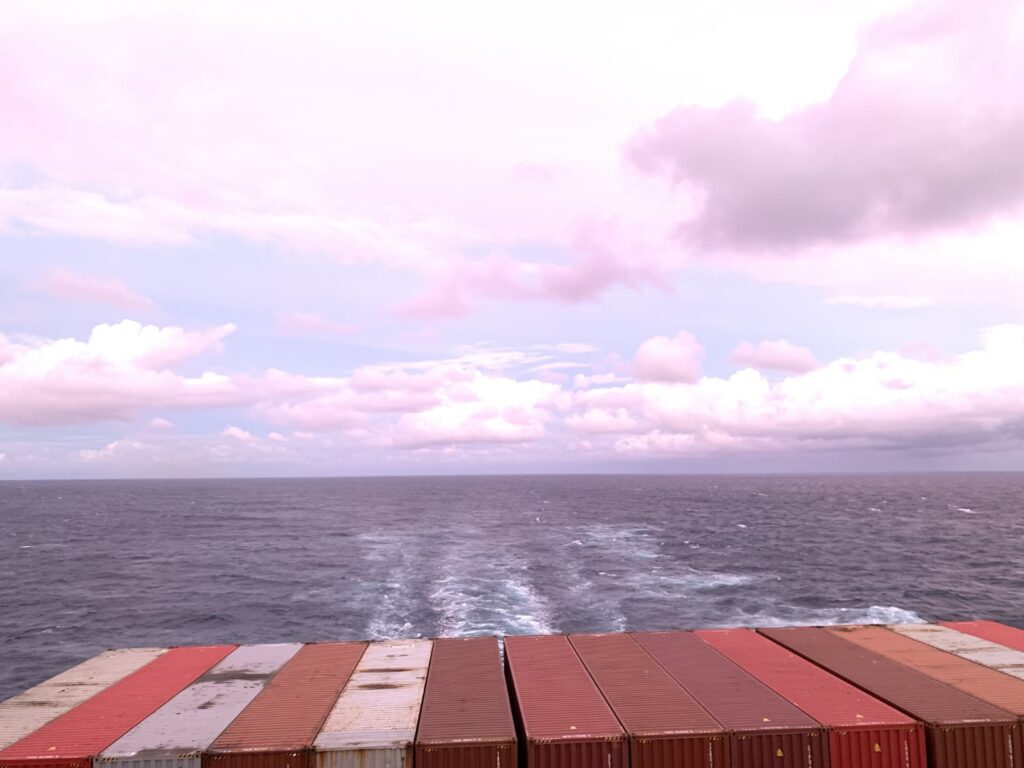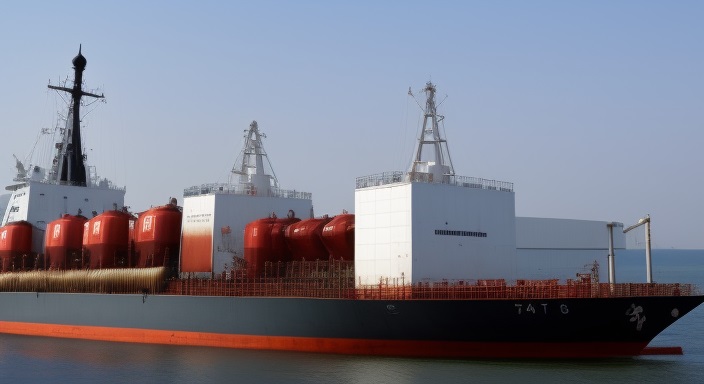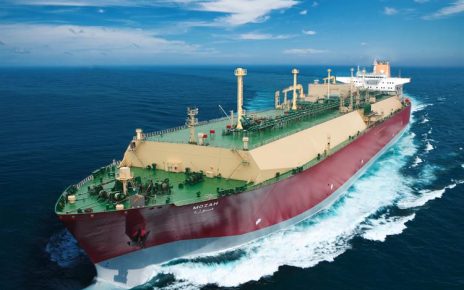Anti heeling system on ship details have been discussed in this article like what is it and why is it used and what are the benefits and different type of anti-healing systems on the ship.
Anti-Heeling Systems on Ship- How it works?
Ships are designed to operate in an upright position, but sometimes they can tilt or heel to one side due to various factors such as strong winds, hard turns or uneven cargo loading. Heeling can be dangerous for the ship, its machinery and the people on board, as it can affect the stability and performance of the vessel. To prevent heeling or correct it quickly, some ships are equipped with Anti Heeling System on Ship that automatically detect and compensate for the heeling angle.
What is an anti-heeling system?
An anti-heeling system is a system that uses ballast water to balance the ship and keep it upright. Ballast water is seawater that is stored in tanks inside the ship’s hull. It can be pumped from one tank to another or from one side of the ship to another using pipes, valves and pumps. By transferring ballast water from the heeled side to the opposite side, an anti-heeling system can reduce or eliminate the heeling angle.

Why do ships need anti-heeling systems?
Anti-heeling systems are useful for ships that have frequent cargo operations that involve loading or unloading heavy or uneven loads. For example, container ships, car carriers and bulk carriers often need anti-heeling systems to maintain their stability during cargo handling. Without anti-heeling systems, these ships would have to stop their operations periodically to correct their list manually by adjusting their ballast tanks or shifting their cargo. This would waste time and money and increase port congestion.
How do anti-heeling systems work?
Anti-heeling systems work by using sensors, controllers and actuators to monitor and adjust the heeling angle of the ship. The sensors measure the heeling angle by comparing the ship’s actual position with its reference position (usually vertical). The controllers receive signals from the sensors and calculate how much ballast water needs to be transferred between tanks or sides of the ship. The actuators control valves and pumps that move ballast water according to commands from controllers.
There are different types of anti-heeling systems depending on how they operate:
Passive anti-heeling systems: These systems use gravity or pressure differences to move ballast water between tanks without pumps. They rely on pipes that connect tanks at different heights or locations on both sides of
the ship.
Active anti-heeling systems: These systems use pumps to move ballast water between tanks with valves that regulate flow direction and rate. They rely on pipes that connect tanks at similar heights or locations on both sides of
the ship.
Hybrid anti-heeling systems: These systems combine passive and active elements to achieve optimal performance and efficiency.
What are some advantages of anti-heeling systems?
Anti-heeling systems offer several benefits for ships such as:
Improved safety: Anti-heeling systems reduce risks of capsizing,
grounding or structural damage due to excessive heeling angles.
Improved efficiency: Anti-heeling systems enable faster and smoother cargo operations without interruptions for list correction.
Improved comfort: Anti-heeling systems enhance passenger comfort by minimizing rolling motions caused by heeling angles.
Improved environment: Anti-heeling systems reduce fuel consumption.
and emissions by optimizing trim conditions for propulsion efficiency.



